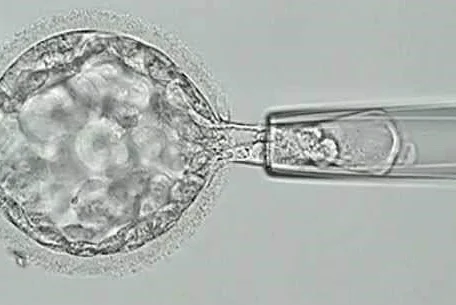Embryo Biopsy
Embryo Biopsy- PGTA/PGTM/PGT-SR
PGT-M (Pre-implantation Genetic Testing for Monogenic/Single Gene Defects)/PGT-SR (Pre-implantation Genetic Testing for Chromosomal Structural Rearrangements) is a relevant option for a couple if the woman and/or the man has a known serious genetic disease, or a known risk of having a baby with a serious genetic disease or chromosome changes. The purpose of PGT-M/PGT-SR is to carry of the genetic diagnosis before transferring the embryo, to reduce the risk of the baby having a serious genetic disease or chromosome changes.

Will my embryos be harmed by freezing and thawing
Blastocysts are very stable when it comes to freezing and hardly ever perish due to freezing and thawing. The chance of pregnancy when transferring thawed blastocysts is almost as high as when using fresh blastocysts
ICSI
PGT-M/PGT-SR can only be used in combination with micro-insemination or ICSI (Intracytoplasmic sperm injection) (ICSI). The difference between ordinary IVF treatment and ICSI lies in the way the egg is fertilized. In ordinary IVF, egg and sperm are simply mixed and it’s up to the sperm cells to find their way to the egg. In ICSI a single sperm cell is injected directly into the egg. This is the only way to be sure that the biopsy of the embryo contains genetic material from no other sperm cells than the one that fertilized the egg.
More eggs than in ordinary IVF
In ordinary IVF treatment, 8-9 eggs are retrieved on average. However, when planning for treatment using PGT-M/PGT-SR it’s a good idea to retrieve a few extra eggs. There are two reasons for this. Firstly, there is the fact that about 5% of chromosome test results tend to be inconclusive. And secondly, there will be a need to reject more eggs, exactly because some of them are carriers of the genetic disease or chromosome changes tested for.
